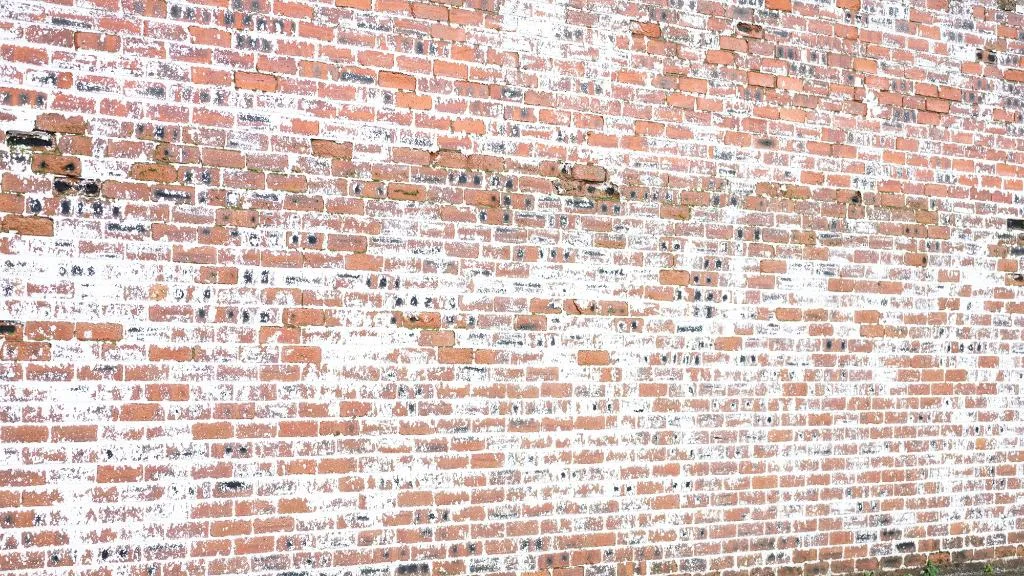
Thinking about giving your brick exterior a facelift? Whitewash might just be the solution you’ve been looking for! Whitewashing is a popular brick treatment that involves applying a watered-down paint mixture to create a beautiful, rustic look.
But is whitewashing the right choice for your home’s exterior? In this article, we’ll explore the pros and cons of whitewashing, as well as other popular brick exterior treatments, such as painting and staining.
Whether you’re a fan of the classic whitewashed look or prefer a more modern style, read on to discover all the advantages and drawbacks of these popular brick treatments to help you make an informed decision.
What is Whitewash?
If you’re looking for an affordable and easy way to decorate, sanitize, and protect your brick exterior, then whitewashing may be the solution you’re looking for.
Whitewash is a coating that is made from lime and water, and it has been used for centuries to brighten up surfaces and materials. Here’s what you need to know about whitewash:
History of Whitewashing
Whitewashing has been around for centuries, and it was originally used to coat the walls of homes and other buildings. It was a popular technique in Europe and the United States during the 19th and early 20th centuries, and it was used to protect buildings from the elements and to give them a clean, fresh look.
Materials Needed for Whitewashing
To make whitewash, you’ll need a few basic materials. The main ingredient is lime, which you can purchase at most home improvement stores. You’ll also need water and a container to mix the ingredients in. If you want to add color to your whitewash, you can use a dye or pigment to achieve the desired shade.
Here’s a list of the materials you’ll need to make whitewash:
- Lime
- Water
- Container for mixing
- Dye or pigment (optional)
To apply the whitewash to your brick exterior, you’ll need a few tools. You’ll need a paintbrush or roller to apply the whitewash, and you may also need a ladder or scaffolding to reach high areas.
In conclusion, whitewashing is an affordable and easy way to brighten up your brick exterior. With a few basic materials and tools, you can achieve a clean, fresh look that will protect your building from the elements.
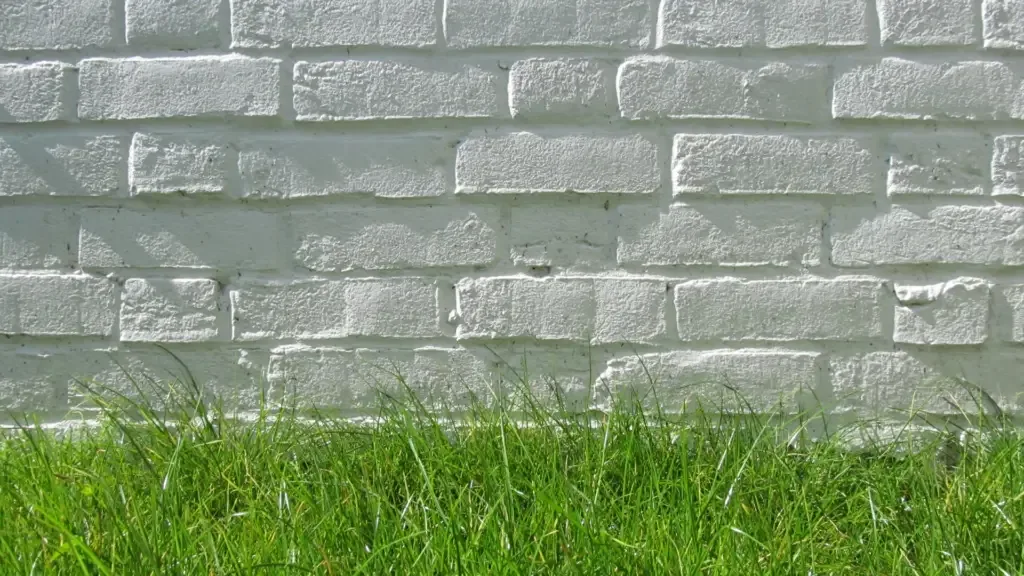
Pros of Whitewashing Your Brick Exterior
Whitewashing is a popular technique for updating or restoring the exterior of your brick home. Here are some of the benefits of whitewashing your brick exterior:
Rustic Charm
Whitewashing brick can give your home a charming, rustic look that is perfect for a cottage or farmhouse-style home. The technique allows the natural texture of the brick to show through, creating a unique and vintage appearance.
Hygienic and Antibacterial Properties
Whitewashing your brick exterior can also provide hygienic and antibacterial properties. The lime in the whitewash mixture has natural antibacterial properties that can help to prevent the growth of mold and mildew, making it a great choice for homes in humid climates.
Water Resistance
Whitewashing your brick exterior can also provide water resistance. The lime in the whitewash mixture can help to repel water, preventing moisture from penetrating the brick and causing damage.
This can help to protect your home from water damage and extend the life of your brick exterior.
Matte Finish
Whitewashing your brick exterior can also provide a beautiful matte finish. The technique creates a soft, muted look that is perfect for homes with a more subdued color palette. The matte finish can also help to hide imperfections in the brick, creating a smooth and even appearance.
Overall, whitewashing your brick exterior can be a cost-effective way to update or restore the appearance of your home. It can provide a rustic charm, hygienic and antibacterial properties, water resistance, and a beautiful matte finish.
Cons of Whitewashing Your Brick Exterior
While whitewashing your brick exterior may seem like a quick and easy way to update your home’s appearance, there are some downsides to consider before taking the plunge.
Opacity and Coverage Issues
One of the biggest cons of whitewashing your brick exterior is that it can be difficult to achieve consistent opacity and coverage. Depending on the type of brick you have and the application method used, some areas of your home’s exterior may end up looking more opaque or more transparent than others.
This can result in an uneven appearance that detracts from your home’s curb appeal.
Maintenance and Cleaning
Another potential downside of whitewashing your brick exterior is that it can require more maintenance and cleaning than other types of exterior treatments. Over time, the whitewash may start to peel or fade, which can make your home look shabby and unkempt.
Additionally, because the whitewash sits on top of the brick rather than penetrating it, it can be more difficult to remove dirt and grime that accumulates on the surface.
Limited Color Options
Finally, it’s worth noting that whitewashing your brick exterior may limit your color options. While you can achieve a range of shades by varying the amount of paint and water used in the mixture, you won’t be able to achieve the same range of colors that you could with a traditional paint job. This may be a drawback if you have a specific color scheme in mind for your home’s exterior.
Overall, while whitewashing your brick exterior can be a cost-effective and easy way to update your home’s appearance, it’s important to consider the potential downsides before making a decision.
By weighing the pros and cons and carefully considering your options, you can make an informed choice that will help you achieve the look you want for your home.
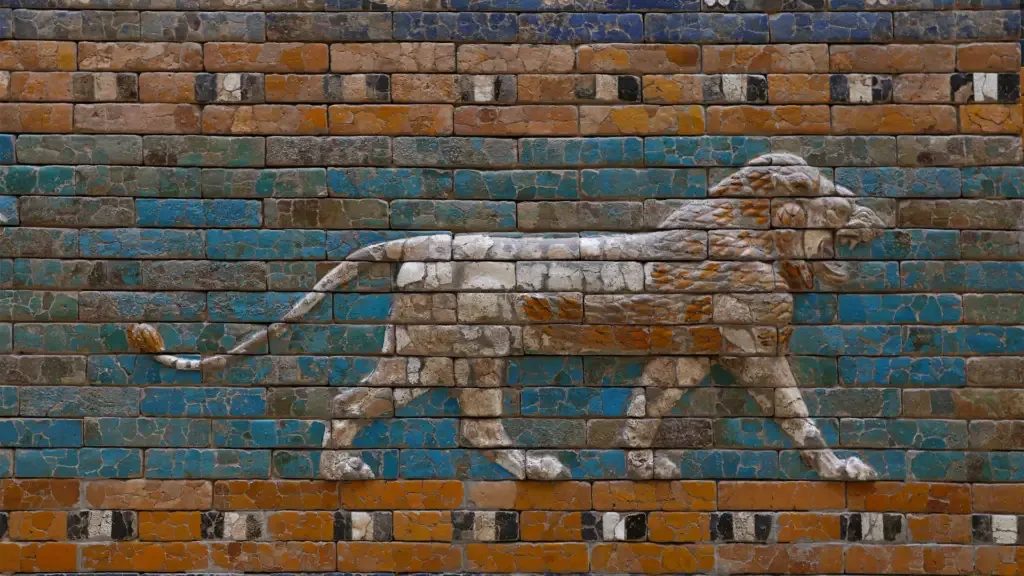
How to Whitewash Your Brick Exterior
Whitewashing your brick exterior is a great way to give your home a fresh, updated look. Here are the steps you’ll need to take to get started.
Preparation and Safety Measures
Before you begin, it’s important to take the proper safety measures. Make sure you have the following items:
- PPE (personal protective equipment) such as gloves, goggles, and a mask
- A paintbrush and rag
- Salt and sandpaper for cleaning and sanding the surface
- A vacuum cleaner
- A bucket of water
Make sure to tape and cover any surfaces you wish to protect, such as windows and doors. You should also clean the brick gently and thoroughly to remove any lingering paint or dirt.
Mixing the Whitewash
To create your whitewash, mix equal parts of water and paint in a bucket. You can adjust the ratio to make the mixture more or less opaque, depending on your desired look.
Application Techniques
When applying the whitewash, use long strokes with your paintbrush to create a smooth, even coat. You can also use a rag to create a more textured look.
After applying the whitewash, you can distress the surface by spraying a single brick or small area with water and wiping the product off. Take off more to show the brick underneath, or less for an all-over whitewashed brick.
Overall, whitewashing your brick exterior is a great way to update the look of your home. With the proper preparation and application techniques, you can achieve a beautiful, long-lasting finish.
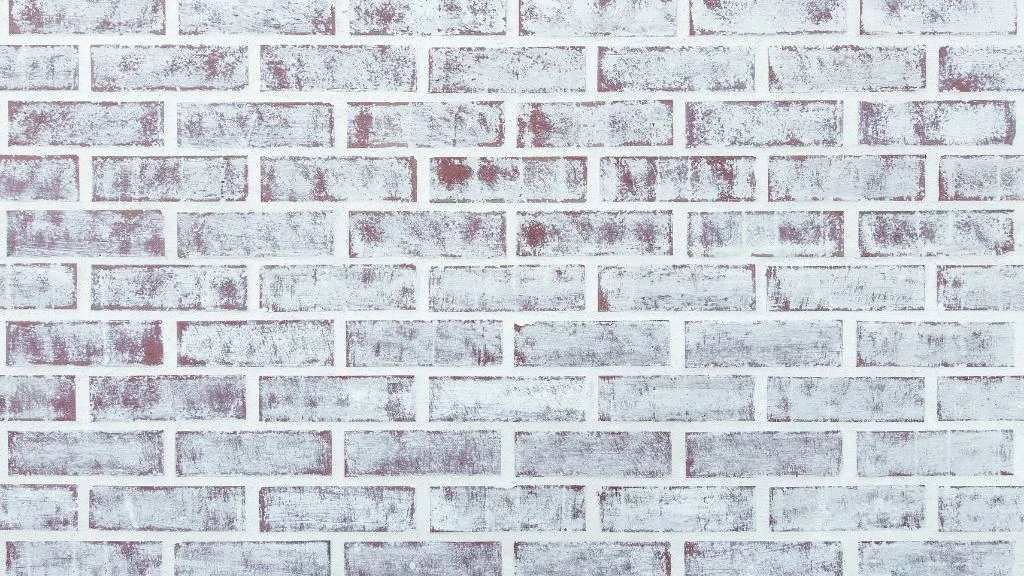
Alternative Brick Exterior Treatments
If you’re not sold on whitewashing your brick exterior, there are other options available. Here are some alternative treatments to consider:
Painting
Painting your brick exterior is a popular choice for homeowners who want a more drastic change. It’s important to note that painting your brick will cover up the natural texture of the brick, which some people find unappealing.
However, if you’re looking for a complete transformation, painting might be the way to go.
When it comes to choosing paint, you have two options: oil-based or water-based. Oil-based paint is more durable and has a longer lifespan, but it can be more difficult to work with and has a stronger odor.
Water-based paint is easier to work with, dries faster, and has less of an odor, but it’s not as durable as oil-based paint.
Staining
Staining your brick is another option to consider. Unlike paint, stain allows the natural texture of the brick to show through. Stain comes in a variety of colors, so you can choose a shade that complements your home’s exterior.
When choosing a stain, make sure to select one that is specifically designed for brick. Some stains are designed for wood and won’t work on brick. Additionally, make sure to choose a stain that is weather-resistant and won’t fade over time.
Clear Coat
If you like the natural look of your brick but want to protect it from the elements, consider applying a clear coat. Clear coat will help protect your brick from water damage, UV rays, and other environmental factors.
Polyurethane is a popular choice for clear coat because it’s durable and long-lasting. However, make sure to choose a polyurethane that is specifically designed for brick. Applying a clear coat that is designed for wood or other materials won’t work on brick.
Overall, there are several alternative treatments to consider if you’re not sold on whitewashing your brick exterior. Painting, staining, and applying a clear coat are all viable options that can help transform the look of your home.
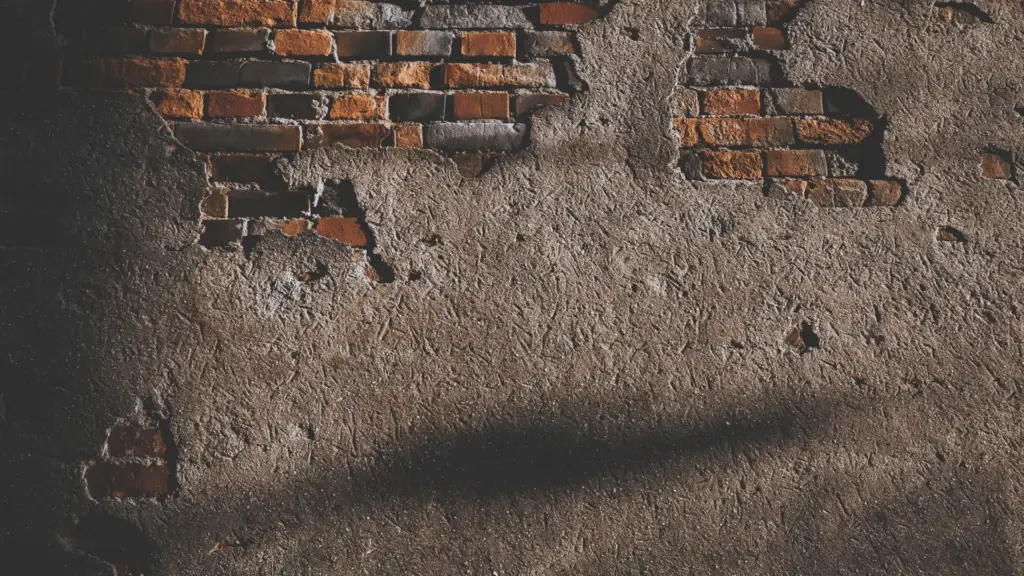
Conclusion
In conclusion, whitewashing brick exteriors can be a great way to update the look of your home. It is a cost-effective and easy DIY project that can give your home a fresh new look. However, there are some pros and cons to consider before taking on this project.
One of the main advantages of whitewashing brick is that it can give a uniform brightening effect without sacrificing the natural texture of the brick.
It also allows the brick to breathe, which can prevent moisture buildup and potential damage. Additionally, it can be used on both brick and wood surfaces, making it a versatile option for different parts of your home.
On the other hand, one of the main disadvantages of whitewashing brick is that it is not a permanent solution. Over time, the whitewash may fade or peel, requiring touch-ups or a complete redo.
It can also be difficult to remove once applied, which can be problematic if you decide you no longer like the look.
In terms of truth and literature, it is important to note that whitewashing brick has been a popular technique for centuries, dating back to ancient Greece and Rome.
However, it is always important to do your own research and consult with professionals before undertaking any home improvement project.
Governments and chronic disregard are not directly related to whitewashing brick, but it is always important to follow proper safety protocols and dispose of any materials properly to avoid potential harm to the environment or yourself.
Overall, whitewashing brick can be a great way to update the look of your home, but it is important to weigh the pros and cons before deciding if it is the right choice for you.

